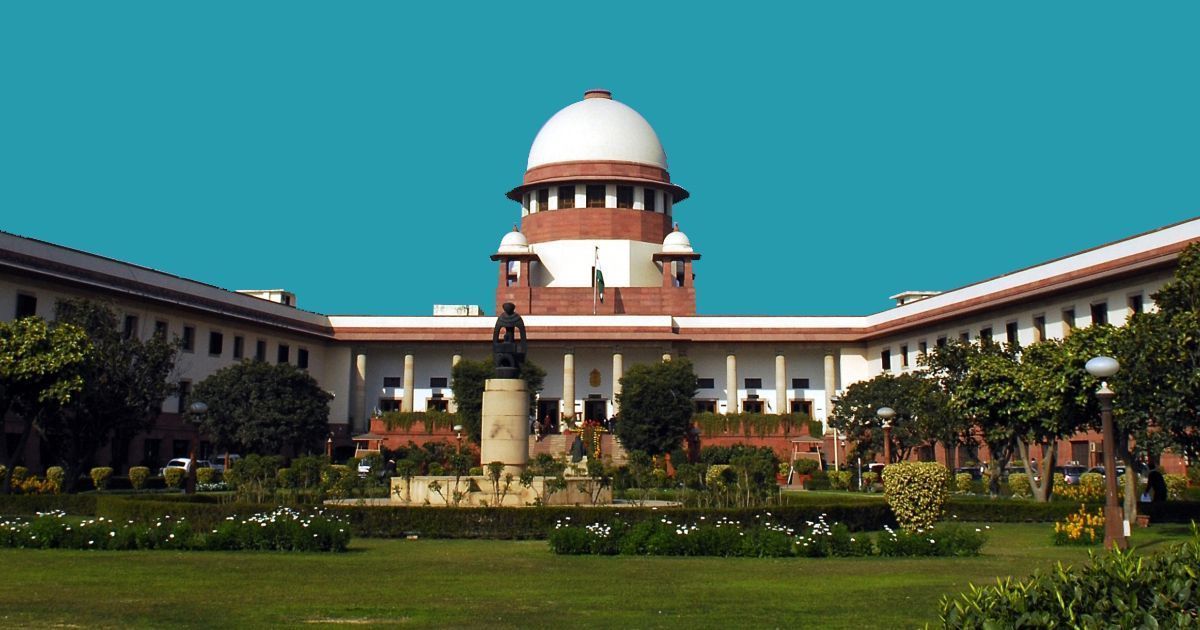Last Updated on March 22, 2023 by Administrator
What:
Rehabilitation Plan Under SICA Binds All Creditors; Debts Cannot Be Recovered After Resurrection Of Sick Company
Facts:
The Supreme Court has ruled that all creditors, including unsecured creditors, must abide by the rehabilitation plan outlined in Section 18 of the SICA, 1985.
In ruling on an appeal filed in the case of Modi Rubber Limited v. Continental Carbon India Ltd., the bench of Justice M.R. Shah and Justice Sudhanshu Dhulia overturned a decision by a High Court that allowed creditors to reject their reduced debts and then demanded the full amount, along with interest, after the rehabilitation plan is put into place and the failing business is revived. The Court decided that collecting debts after a sick firm is revived would once more put it in a sick state.
Under the Sick Industrial Companies Act of 1985 (SICA), a Modi Rubbers Ltd. (“Company/Respondent”) rehabilitation plan was authorised on April 8, 2008. It was suggested that scaled-down amounts owed by the Company’s creditors under the Plan be paid to them.
As an unsecured creditor of the company, Continental Carbon India Ltd. (“Unsecured Creditor/Appellant”) was not pleased with the reduction in its debt and filed a writ case with the High Court.
The High Court ruled that when the BIFR approved a plan under SICA, the unsecured creditors had the choice to reject the lowering of the due amount. By doing this, the unsecured creditors can postpone payment until the rehabilitation plan is successful and then later, once the failing firm has recovered, they can be paid back with interest.
According to the Court, the primary goal of BIFR under SICA is to revive a sick firm and keep it from going bankrupt. For the same reason, there is no obstacle to developing a rehabilitation strategy to bring the firm back from the brink of bankruptcy. Moreover, Sections 22 and 22A of SICA ensure that the Plan of Rehabilitation is not jeopardized by a legal procedure or an unjustified disposition of the ill company’s assets.
The Court has rejected the argument that forcing unsecured creditors to accept a reduced value for their debts would be a violation of Article 300A of the Indian Constitution. It was discovered that the rehabilitation programme was established in accordance with Section 18 of the SICA, which has a binding impact on all creditors.
The Bench overturned the High Court’s decision, ruling that the rehabilitation programme under Section 18 of the SICA binds all creditors and that unsecured creditors must accept the reduced value of their dues under the rehabilitation scheme.
Written By – Shivank Duseja

















